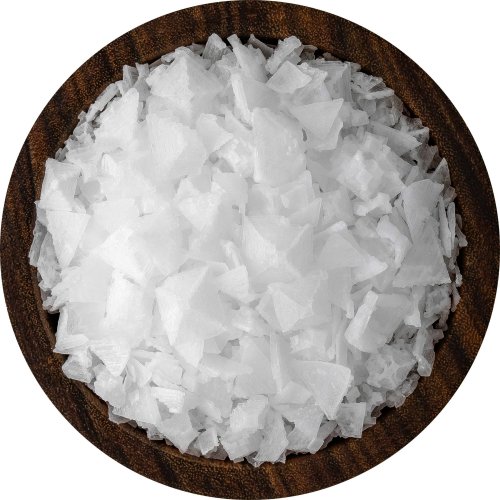Salt, one of the most essential ingredients in cooking, can transform the flavour profile of a dish.
Different types of salt have unique characteristics that can enhance various foods.
This article delves into the art of salt tasting and flavour pairing, guiding enthusiasts on how to explore the world of salts and optimally use them to augment culinary creations.
Understanding the Variety of Salts
Before diving into salt tasting, it’s crucial to understand the different types of salt available:
Table Salt: Fine-grained and heavily processed, it’s the most common type of salt, often iodized to prevent deficiencies.
Sea Salt: Harvested from evaporated seawater, it has a coarse texture and a cleaner, less chemical taste compared to table salt.
Himalayan Pink Salt: Mined from ancient sea beds in the Himalayas, it’s known for its mineral content and distinct pink color.
Kosher Salt: Coarse-grained and flaky, it’s preferred for seasoning due to its ability to dissolve quickly and its pure flavour.
Flaky Sea Salts: Known for their large, pyramid-shaped crystals, they offer a delicate crunch and a burst of saltiness.
Conducting a Salt Tasting: Preparation

Flaky sea saltSelect a Range of Salts: Include a variety of salts, from common table salt to exotic sea salts.
Neutral Tasting Base: Use slices of cucumber, unsalted crackers, or plain bread as a base to better perceive the salt’s flavour.
Cleanse Your Palate: Keep water or plain crackers handy to cleanse your palate between tastings.
Tasting Process
1. Observe the Salt: Examine the color, texture, and crystal size.
2. Feel the Salt: Rub a pinch between your fingers to feel the texture.
3. Taste the Salt Plain: Place a small amount on your tongue and note the initial flavour, intensity, and aftertaste.
4. Taste with Base: Sprinkle a little on your neutral base and note how it affects the overall flavour.
Evaluation
Flavour Notes: Look for differences in saltiness, mineral notes, and any other flavours.
Texture: Consider how the texture affects the perception of saltiness and overall enjoyment.
General Pairing Guidelines
Table Salt: Ideal for everyday cooking and baking, where salt is meant to blend seamlessly.
Sea Salt: Great for finishing dishes, adding a burst of saltiness to salads, steaks, and even desserts like caramel or chocolate-based items.
Himalayan Pink Salt: Works well with grilled meats and vegetables due to its rich mineral flavour.
Kosher Salt: Best for seasoning before cooking, as its flaky texture adheres well to surfaces.
Flaky Sea Salts: Perfect as a finishing touch on salads, cooked meats, and even some desserts, adding texture and a delicate saltiness.
Advanced Pairing Tips
Balance with Acidity: Salts can balance acidic ingredients like citrus and vinegar.
Enhance Sweetness: A sprinkle of sea salt on sweet desserts can intensify the flavours.
Complement Spices: Use salt to enhance the flavours of spices in a dish.
Conclusion
Salt tasting and pairing can elevate your culinary experience.
By understanding the unique qualities of different salts and learning how to pair them with various foods, you can enhance flavours and textures in your cooking. This exploration of salt is not just about understanding its impact on taste but also about appreciating the subtleties that different salts bring to the table.
Whether you’re a seasoned chef or a home cook, experimenting with salt can lead to delightful and surprising culinary discoveries.
We hope you found the information above useful. Leave a comment below, or contact us if you have any questions.
